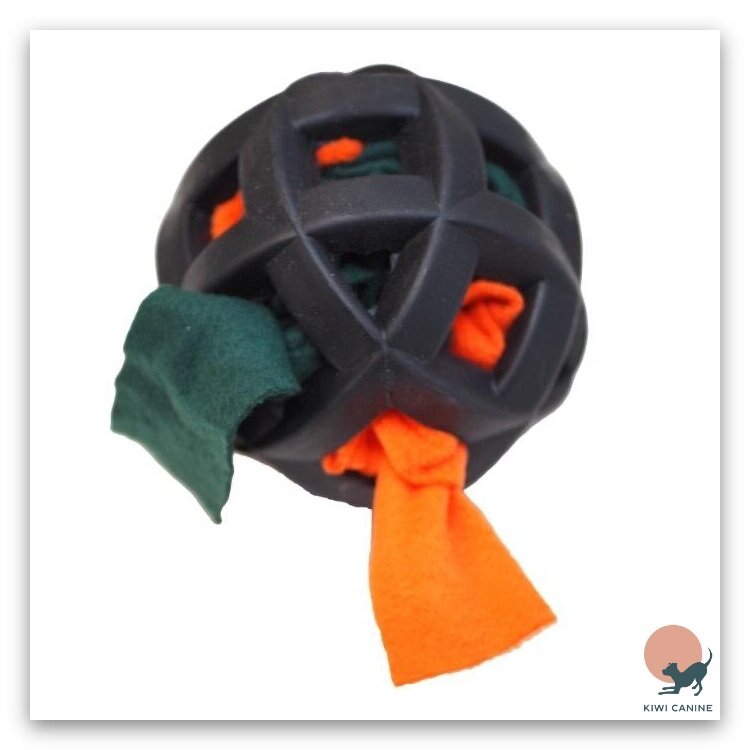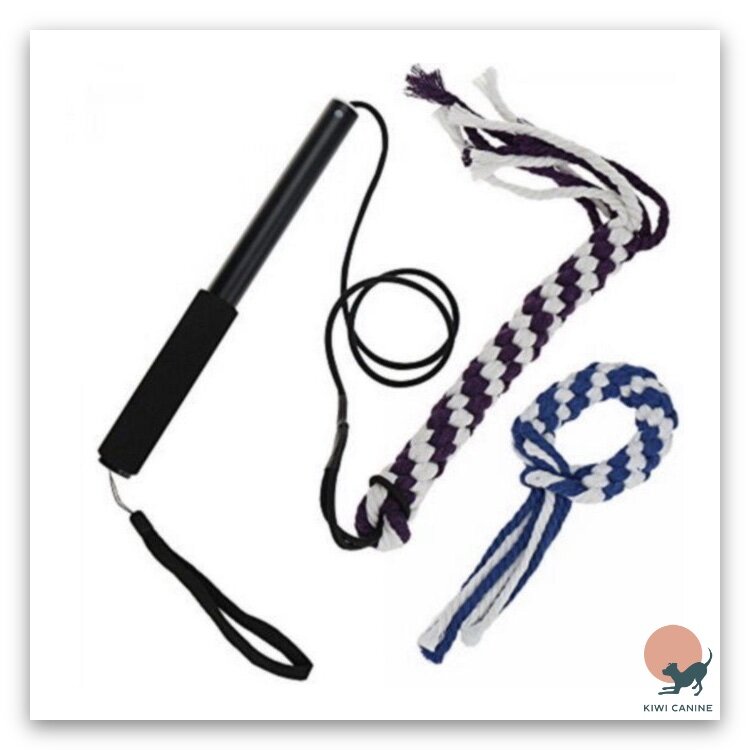Dogs in adolescent phase
That “Difficult Second Album” … for Dogs?! by Denise Price
Puppies are hard work. Toilet training can seem like endless trips outside, standing in the cold, late at night supervising and encouraging. Some puppies take a while to learn to sleep through the night. Then there is all the teething - mouthing, biting, chewing of shoes and furniture, and all sorts of other sharp toothed mischief. It’s a good job puppies are very endearing, offering bundles of adorable moments. Most people have the patience and good sense to see that it is a short period in the dog’s life and worth the effort.
What many clients I see hadn’t bargained for was the next stage. It reminds me of the “Difficult Second Album Syndrome”[1] - a band will have had a resounding success with their debut album. Puppy training classes are filled with malleable puppies all learning to respond to their name, Sit, Stay, walk nicely. It culminates with the accolade of their “debut album”: the Puppy Foundation rosette. Then it’s time to move up to the Junior stage, the puppy has become an adolescent, and things start getting trickier. The idea of achieving a well mannered, calm adult dog seems a rather unlikely prospect as steadiness drifts out of the window. Recall is replaced with selective hearing, and the light loose lead is replaced with an increasingly strong dog determined to get their nose down. Our Junior Class has sometimes descended into the equivalent of an “adolescents anonymous” session, as clients share stories of their latest struggle. They lament over how different their dogs have become. The next rosette (Bronze) feels so hard to achieve: the canine equivalent of their “difficult second album”.
Why are adolescent dogs difficult? How can you best work through it?
How to identify the Adolescent Stage.
Adolescence in dogs is the period from around 6 months old to around 18 to 24 months[2]; variation in breeds and size of dogs reflect the variation in the length of the stage.
Think of the stage as very similar to human teenagers - some develop earlier than others; some stay gloriously childlike well into their teens (spot the hopeful Mum here, hoping to eek out several more years of the child stage!). Some teenagers become unpredictable and surly, others become more introverted as they find their environment increasingly overwhelming. Their interest in the opposite sex may lead them astray from their classes (I certainly could have done much better in my History “A” Level had I not been so distracted!). Emotionally, they are still quite immature due to the lack of actual experience, but physically some teenagers are fully developed - six foot tall with the need to shave every morning - and with an attitude that suggests they already know it all. As a dog trainer, I can give equivalent canine examples and have much anecdotal evidence about canine “teenagers”!
Hormones have a lot to answer for!
From the age of around 4 to 5 months old, male puppies start producing increasing levels of testosterone. This continues for several months.
With this increase, you can expect to see bolder behaviours - a puppy that was once your “shadow” now ventures further away. They may pay much more attention to scents, getting carried away as these smells carry new degrees of interest. Therefore, puppies with previously wonderful recall now appear to have “selective hearing” as they go off on their own missions.
Your young dog will learn to ignore you if they get a really positive experience whilst off on those little missions: they will be more likely to repeat the behaviour. You need to be prepared to control and manage your way through this period. Revert back to a long line if needs be, whilst putting in regular sessions to positively reinforce recall.
Females adolescents have raging hormones too - increased oestrogen can increase activity levels, can stimulate nervous arousal, and increase vocalisations [5]. Again, this can explain why they can appear to stop listening to us. Appropriate levels of physical and mental stimulation are essential, whilst being mindful of the interactions your young dog engages in.
Secondary Fear Period
When our puppies are young (during their critical development stage of around 5-12 weeks), we know that it is important to get them used to anything and everything they will come into contact with as an adult - socialisation and habituation are essential parts of their training and will be included in puppy training plans. You will have put the hard work in, gradually and gently introducing them to everything you can think of in a calm and sensible way, so their first fear period is usually dealt with pretty smoothly; they’ll have encountered cars, lawn mowers, babies, buggies, carrier bags, ladders, people in motorcycle helmets, the list goes on. With appropriate guidance, they should have taken it all in their stride. It’s important to know, however, that just because we had it covered at that stage, doesn’t mean they will be “bomb proof” and able to confidently handle every situation.
You will need to remember to maintain the socialisation and habituation training that you have undertaken: exposure to stimuli must be maintained to mitigate the risk of regression (Thomson et. al, 2010). So no wrapping your puppies and young dogs up in cotton wool.
Whilst continuing to live in the real world, be prepared for a point somewhere during their adolescence where things can spook them anew. This “secondary sensitive” or “secondary socialisation” period occurs with the onset of sexual maturity and gives rise to a heightened sensitivity to fear (Thomson et. al, 2010). The problem is, just one instance of something scary can make a huge impact on your dog’s behaviour for the future - Dr. Jen Summerfield explains the phenomenon of single event learning: it makes biological sense for a wild animal to permanently avoid something that has spooked it on just one occasion, but for our pet dog it can cause a lifetime of problems [4]. This leads to the temptation to wrap them up in cotton wool, but as I said, you should avoid that option - otherwise you won’t be maintaining exposure to stimuli - and you could end up with a fearful dog! It is one difficult dog dichotomy.
What to do
My advice is to crack on with life, and importantly with regular training with your dog. Both Thomson et. al (2010) and Serpell and Duffy (2016)
found benefits of continued training of puppies and young dogs, and increasing the experience level of the handler: more successful outcomes in the adult dog.
You can mitigate risks to help your dog navigate through the secondary fear period:
Continue positive exposure to new experiences; revisit your puppy plan to remind them of experiences they’ve already had. Be wary of bombarding your dog, though; calm and gently does it, little and often.
Maintain a regular training programme for your young dog. Each session that you spend with your dog, you will be connecting with them, rewarding them, repeating and reinforcing behaviours. This will all encourage a calm, well-mannered adult dog, and furnish you both with the essential tools for the real world.
Train calming behaviours: engaging in scentwork, teaching a settle, or perhaps some Real Dog Yoga … these activities can help reduce excitement levels and encourage impulse control.
Control and manage dog-to-dog greetings; inadequately supervised free play with unknown dogs can be the cause of that single event lesson we wish to avoid.
Be honest with yourself about the strength of your dog’s recall - if you have an inkling that in a particular setting they may bound off with no regard to you, keep them on lead in that place. Your friendly dog may make the mistake of rushing over to say “hi” to a fear-aggressive dog. Attack may be that dog’s best form of defence. And then you, too, may end up with a fear-aggressive dog on your hands.
I may be somewhat biased, given the services I offer, but find it worth quoting that for puppies and adolescents:
“class formats providing a combination of obedience training, troubleshooting advice and intraspecific socialisation are most effective in producing well balanced dogs” (Thomson et. al, 2010).
Adolescence can, in some dogs, take considerable time to pass. When you are in the midst of it, the frustrations are real. Rest assured though - with regular training, the ear of a good trainer, and the patience to see it through - your young dog will develop into a well rounded adult.





